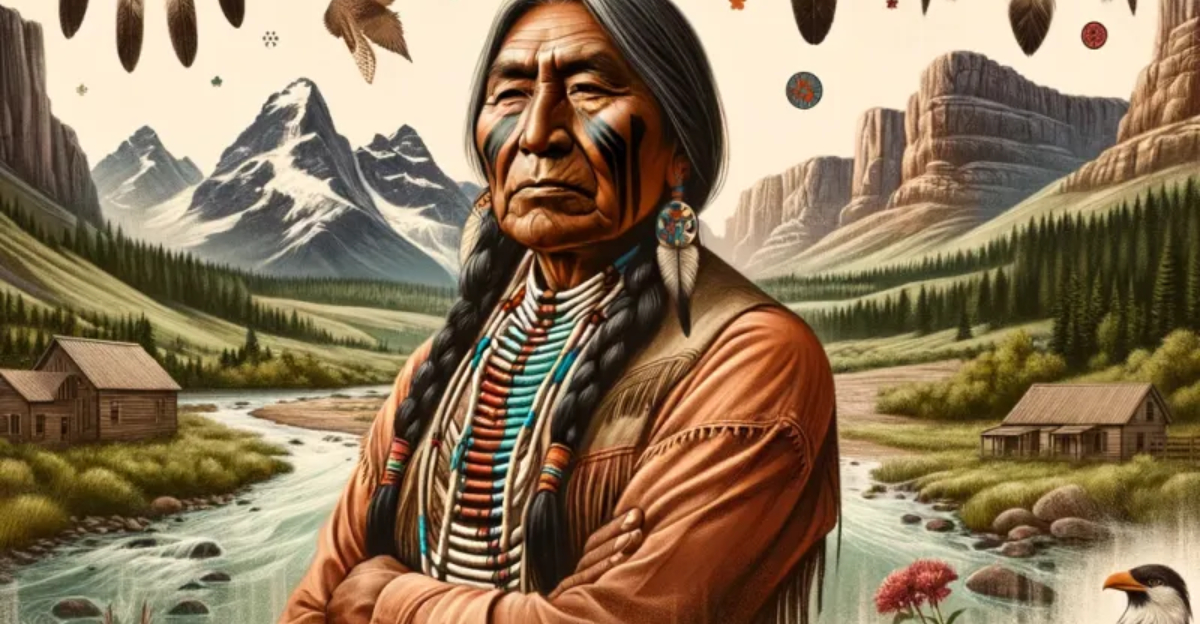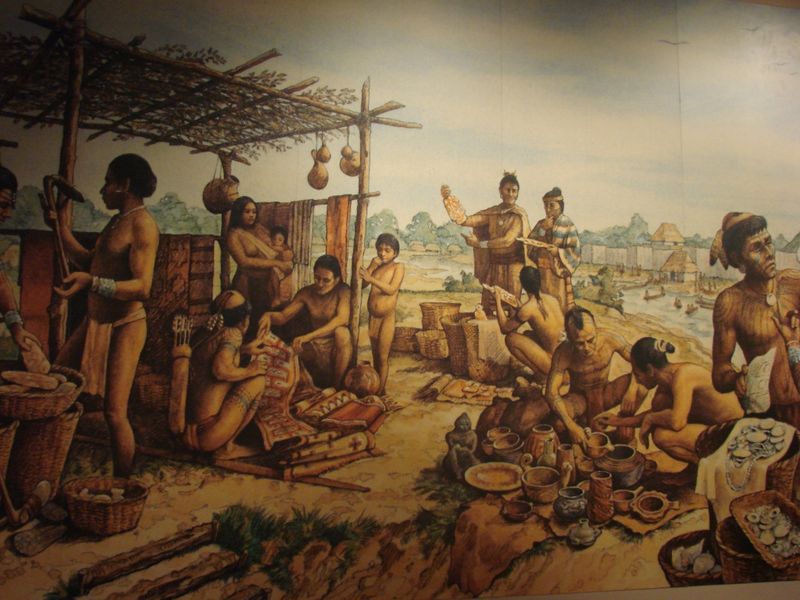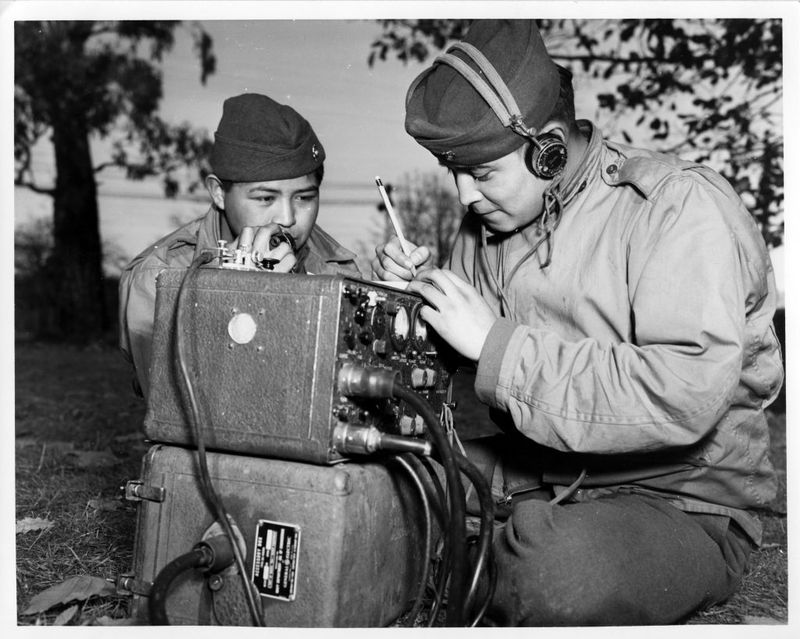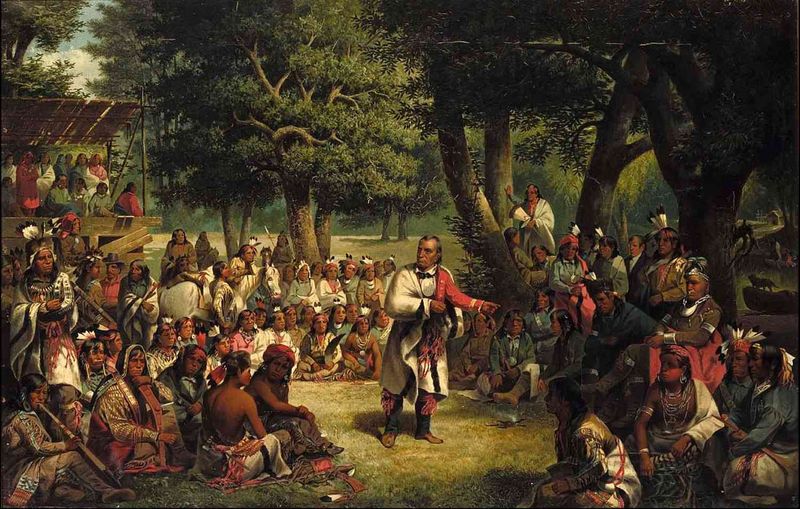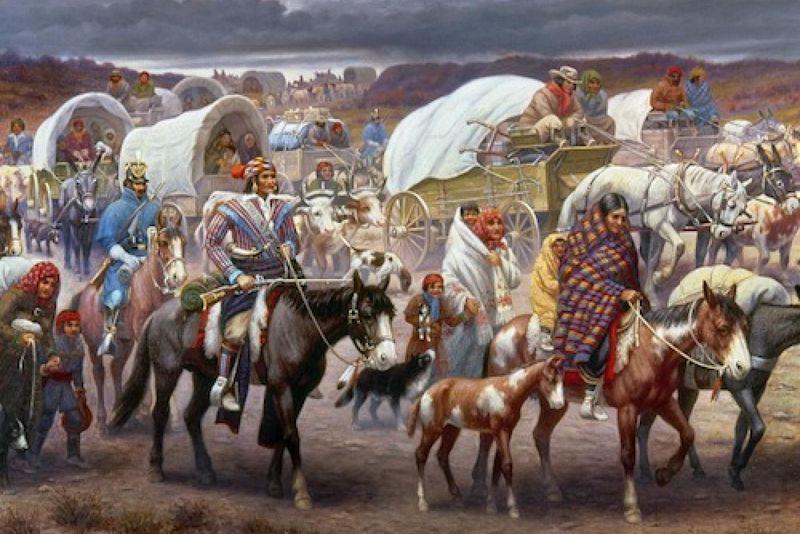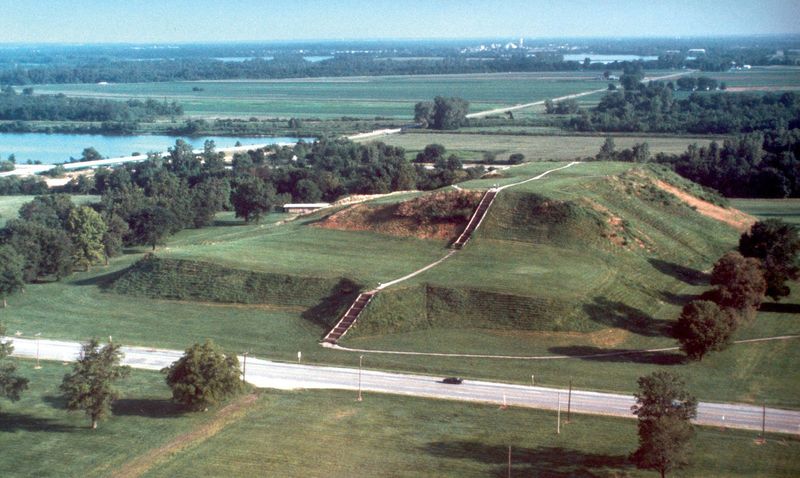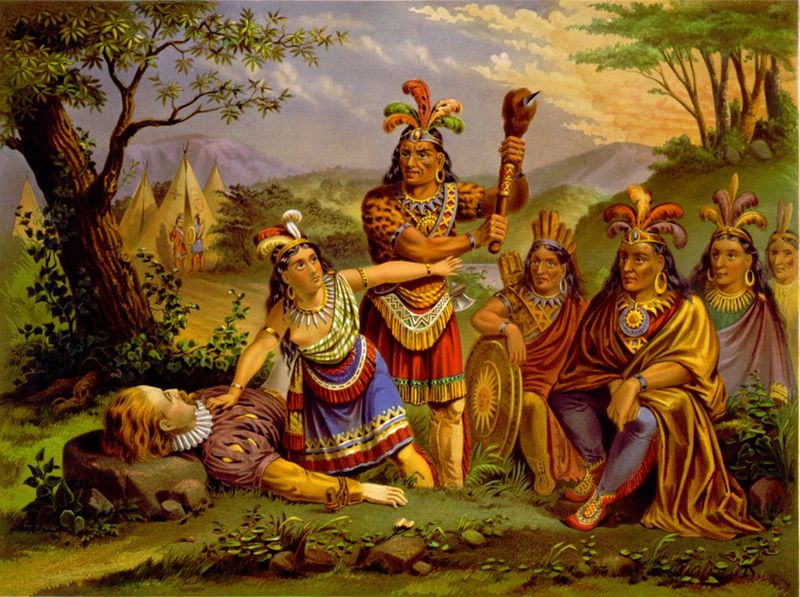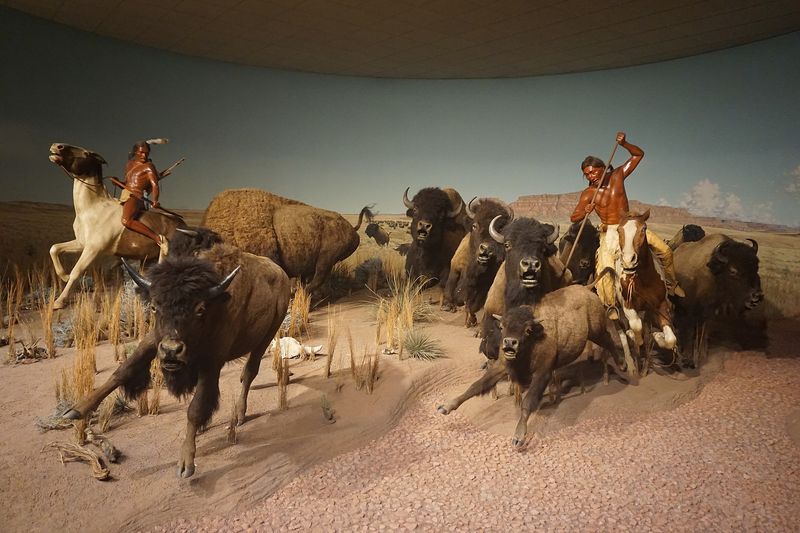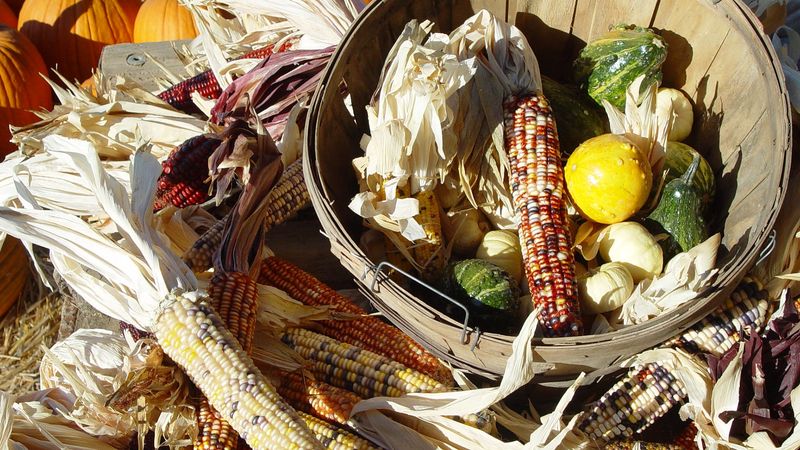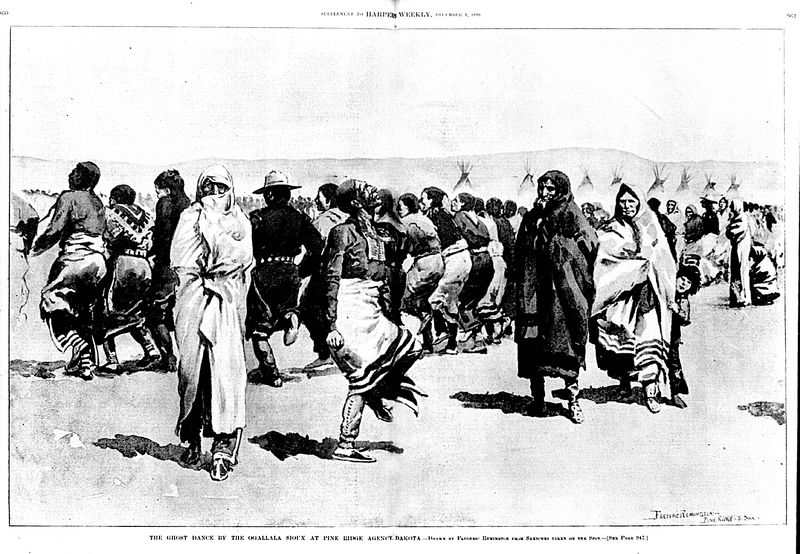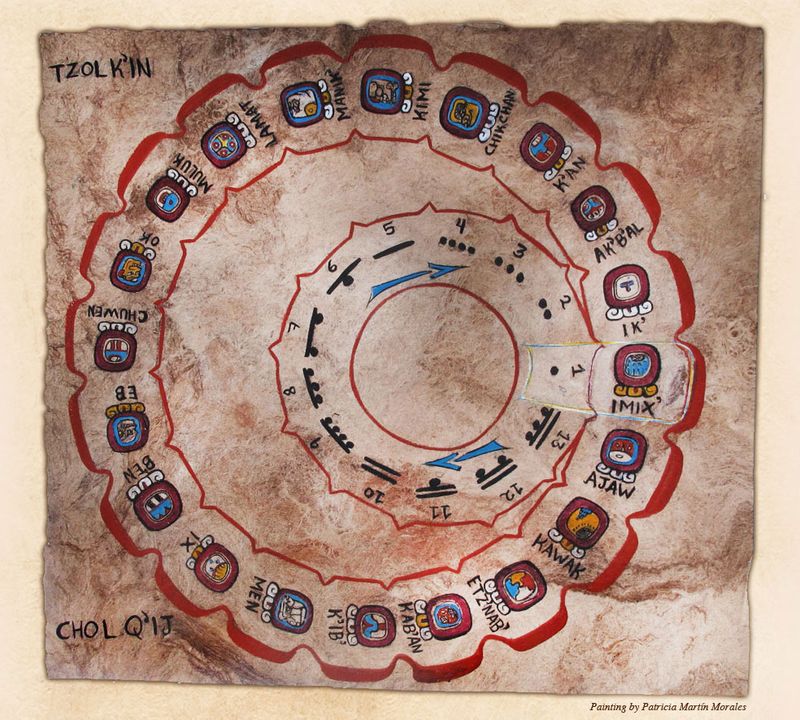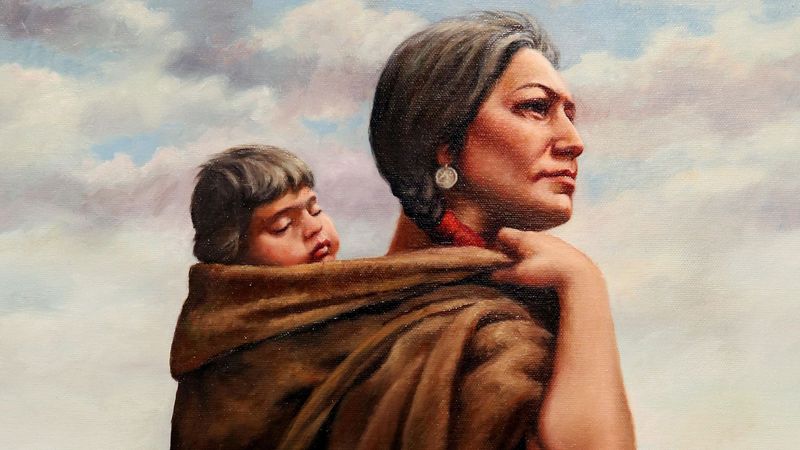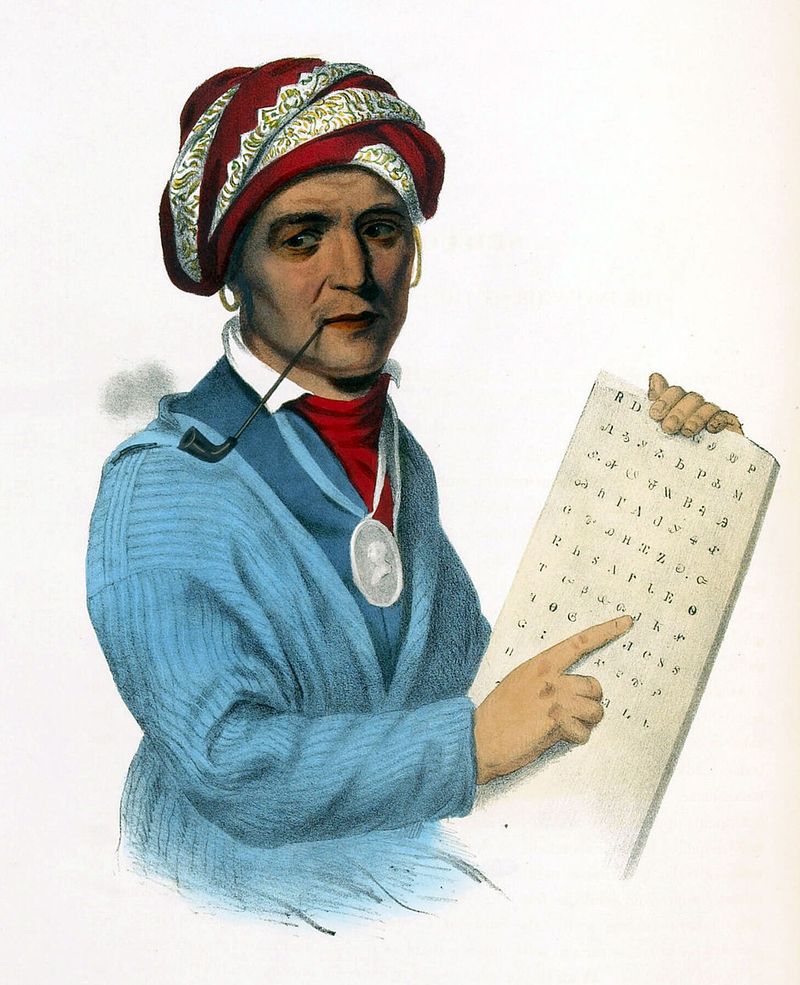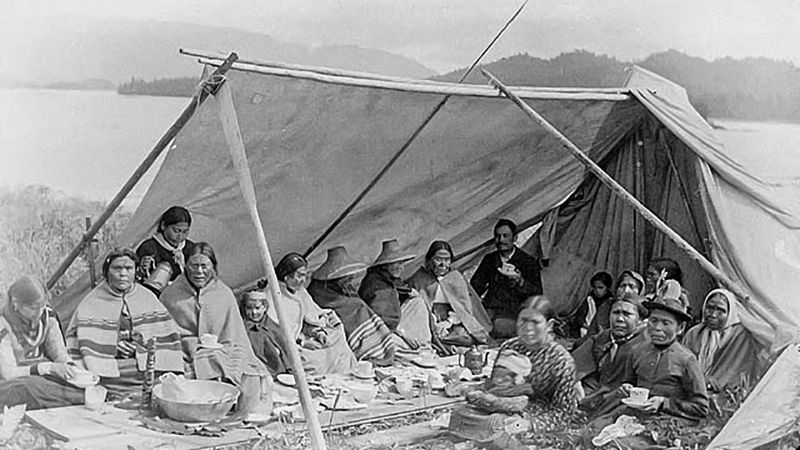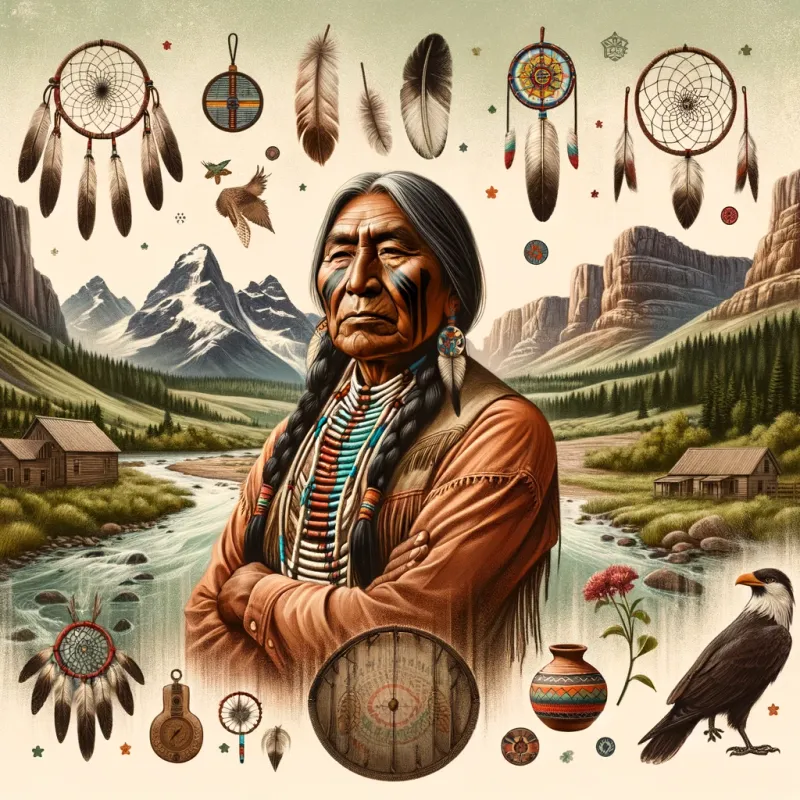Native American history is rich with fascinating tales and incredible facts that often go unnoticed. From ancient civilizations to modern achievements, the history of Native Americans is filled with stories that reveal their profound influence on the world.
This blog post aims to uncover 15 lesser-known facts that will enrich your understanding of Native American culture and history.
Prepare to embark on a journey through time, exploring the achievements, resilience, and unique traditions of Native American peoples.
1. The Ancient City of Cahokia
Cahokia, located near present-day St. Louis, was the largest pre-Columbian city north of Mexico. At its peak, it housed thousands of people, with a complex society that included massive earthen mounds.
The city thrived between 1050 and 1350 AD, serving as a major hub for trade and culture. The remnants of Cahokia are now a UNESCO World Heritage Site, providing a glimpse into the sophisticated urban planning of ancient Native American societies.
Visiting Cahokia today reveals the impressive scale and ingenuity of this ancient city, reflecting a vibrant and organized community. Its history challenges common perceptions about early North American civilizations.
2. The Code Talkers of World War II
During World War II, Native American Code Talkers played a crucial role in secure communications. Using their native languages, they developed unbreakable codes that confounded enemy forces.
The most famous were the Navajo Code Talkers, but several tribes contributed to this effort. Their work was vital in key battles, including Iwo Jima, helping secure Allied victories.
Despite their significant contributions, the Code Talkers’ efforts remained classified until decades later.
Today, they are celebrated for their bravery and ingenuity, highlighting the diverse and critical roles Native Americans have played in American history. Their legacy continues to inspire new generations.
3. The Iroquois Influence on the U.S. Constitution
The Iroquois Confederacy, also known as the Haudenosaunee, was a sophisticated alliance of six Native American nations. Their system of governance inspired some of the democratic principles enshrined in the U.S. Constitution.
The Iroquois emphasized balance of power, representative leadership, and collective decision-making. Founding Fathers like Benjamin Franklin admired these aspects, incorporating similar ideas into the new American government.
The influence of the Iroquois on American political thought underscores the profound impact Native Americans have had beyond their communities.
Recognizing this connection highlights the richness of indigenous political philosophy and its relevance today in promoting democratic ideals.
4. The Trail of Tears
The Trail of Tears refers to the forced relocation of Native American tribes from their ancestral homelands to designated territories west of the Mississippi River. This tragic event primarily affected the Cherokee, along with several other tribes.
The journey was grueling, marked by harsh conditions, disease, and death. Thousands perished along the way, leaving a lasting scar on Native American history. Today, the Trail of Tears serves as a poignant reminder of the injustices faced by Native peoples.
Efforts to commemorate this dark chapter continue, fostering awareness and understanding of the resilience and strength of these communities in the face of adversity.
5. The Mississippian Culture’s Mound Builders
The Mississippian culture thrived in the southeastern United States long before European contact. These mound-building societies constructed impressive earthworks for religious, ceremonial, and residential purposes.
The Cahokia Mounds are among the most well-known, but numerous other sites exist, reflecting a complex and interconnected culture.
Their mounds often served as platforms for temples and elite residences, highlighting their sophisticated social structures. These ancient builders demonstrated remarkable engineering skills, transporting vast quantities of earth with simple tools.
The legacy of the Mississippians is evident in the archaeological record, offering insights into the rich cultural heritage of Native American societies long before modern times.
6. The Powhatan Confederacy and Jamestown
The Powhatan Confederacy, a coalition of tribes in Virginia, played a crucial role in the early years of the Jamestown colony. Led by Chief Powhatan, they initially engaged in trade and diplomacy with English settlers.
However, tensions soon arose, leading to conflicts that shaped the future of the region. The Confederacy’s interactions with colonists highlight both the cooperation and resistance faced by Native Americans during European colonization.
Figures like Pocahontas emerged from this era, symbolizing the complex relationships between Native peoples and settlers. The legacy of the Powhatan Confederacy endures, reminding us of the profound impact of these early encounters on American history.
7. The Importance of Bison to Plains Tribes
For many Plains tribes, the bison was central to their way of life, providing food, clothing, shelter, and tools. This majestic animal was more than a resource; it was a cornerstone of cultural and spiritual identity.
Bison hunts required skill and cooperation, reflecting the communal nature of Plains societies. However, the arrival of European settlers and the expansion of the railroad led to mass bison slaughter, devastating these tribes.
Efforts to restore bison populations and preserve traditional knowledge continue today, highlighting the enduring connection between Native peoples and the land.
Understanding this relationship offers valuable lessons in ecological balance and sustainability.
8. Native American Contributions to Agriculture
Native Americans made significant contributions to agriculture, particularly through the development of the “Three Sisters” farming method.
By planting corn, beans, and squash together, they created a sustainable system that enhanced soil fertility and increased yields. This practice not only provided a balanced diet but also supported large populations.
The ingenuity of Native agricultural techniques is evident in the diverse crops that originated in the Americas, such as maize, potatoes, and tomatoes. These innovations have had a lasting impact on global cuisine and farming practices.
Recognizing these contributions emphasizes the deep knowledge and skill of Native American farmers throughout history.
9. The Ghost Dance Movement
The Ghost Dance was a spiritual movement that emerged in the late 19th century among Native American tribes. It sought to restore traditional ways of life and reclaim lands lost to European settlers.
The dance was both a religious and political act, symbolizing hope and resistance. Leaders like Wovoka, a Paiute prophet, inspired tribes across the Great Plains to adopt the practice.
However, the U.S. government viewed the movement as a threat, leading to tensions that culminated in the Wounded Knee Massacre.
Despite its tragic end, the Ghost Dance remains a powerful symbol of resilience and the enduring spirit of Native American cultures.
10. Native American Astronomy and Calendar Systems
Long before European contact, Native Americans developed sophisticated astronomy and calendar systems. They observed celestial patterns to guide agricultural cycles, ceremonial events, and navigation.
Many tribes had unique constellations, reflecting their cultural beliefs and stories. Sites like Chaco Canyon in New Mexico reveal how ancient societies aligned buildings with solar and lunar events.
This deep understanding of the cosmos underscores the scientific achievements of Native American cultures. Today, their astronomical knowledge continues to inspire and inform both indigenous and non-indigenous astronomers.
The legacy of Native American astronomy highlights the interconnectedness of cultural, spiritual, and scientific knowledge throughout history.
11. The Role of Women in Native American Societies
Women in many Native American societies held significant roles, often participating in leadership, trade, and spiritual practices. Matrilineal structures were common, with property and lineage traced through the mother’s line.
Women’s voices were integral in decision-making processes, reflecting a balance of power and gender equality. Figures like Sacagawea and Wilma Mankiller exemplify the leadership potential and contributions of Native women.
Their roles challenge stereotypes and highlight the diverse and dynamic nature of Native American societies.
Understanding the historical and contemporary significance of women in these communities offers insights into gender relations and cultural resilience across generations.
12. The Indigenous Languages of America
The Americas were home to an astounding diversity of indigenous languages, with estimates of over a thousand distinct languages spoken before European contact.
Each language carried its own cultural and historical significance, reflecting the unique identities of different tribes. Efforts to preserve and revitalize these languages are ongoing, as many face the threat of extinction.
Initiatives include language immersion programs, digital resources, and community workshops. The survival of indigenous languages is crucial for maintaining cultural heritage and identity.
Embracing linguistic diversity enriches our understanding of human history and fosters greater appreciation for the rich tapestry of Native American cultures.
13. The Influence of Native American Art
Native American art encompasses a wide range of styles and mediums, reflecting the diverse cultures and histories of indigenous peoples. From intricate beadwork to vibrant pottery, these art forms are integral to cultural expression and identity.
Native art often features symbols and motifs with spiritual and historical meanings. The influence of Native American art extends beyond their communities, inspiring contemporary artists worldwide.
Museums and galleries increasingly recognize the significance of indigenous art, showcasing its beauty and complexity. By appreciating Native American art, we honor the creativity and resilience of artists who have preserved these traditions for generations.
14. The Impact of European Diseases
The arrival of Europeans in the Americas brought diseases such as smallpox, influenza, and measles, to which Native Americans had no immunity.
These diseases caused catastrophic population declines, with some estimates suggesting a loss of up to 90% in certain areas. The impact was profound, disrupting societies and leading to significant cultural and demographic changes.
Understanding this tragic aspect of history is crucial for recognizing the resilience of Native peoples in the face of adversity.
Efforts to document and learn from this history continue, highlighting the importance of public health and cross-cultural understanding in preventing future pandemics.
15. The Modern Native American Renaissance
In recent decades, a cultural renaissance has been occurring within Native American communities. This revival encompasses art, music, literature, and political activism, reflecting a renewed sense of identity and pride.
Contemporary Native artists and leaders are gaining recognition for their contributions to both indigenous and mainstream culture. Efforts to reclaim cultural heritage include language revitalization, traditional crafts, and storytelling.
The modern Native American renaissance highlights the resilience and adaptability of indigenous peoples, celebrating their enduring presence and influence.
Engaging with this movement fosters a deeper appreciation for the richness and diversity of Native American cultures in today’s world.
